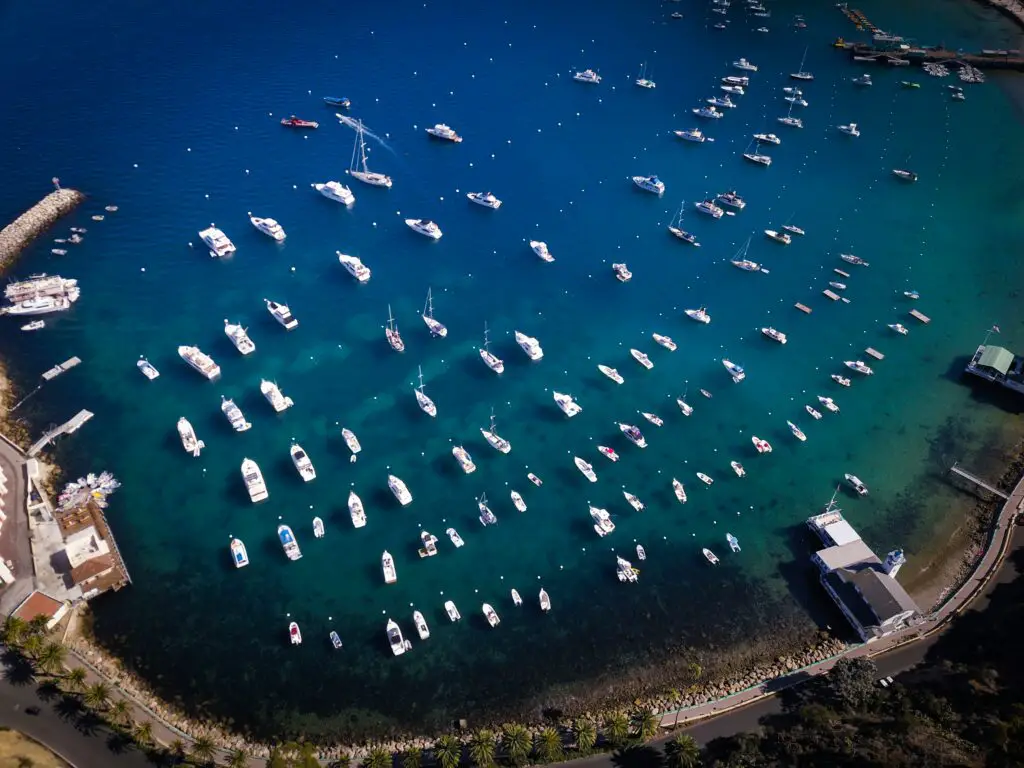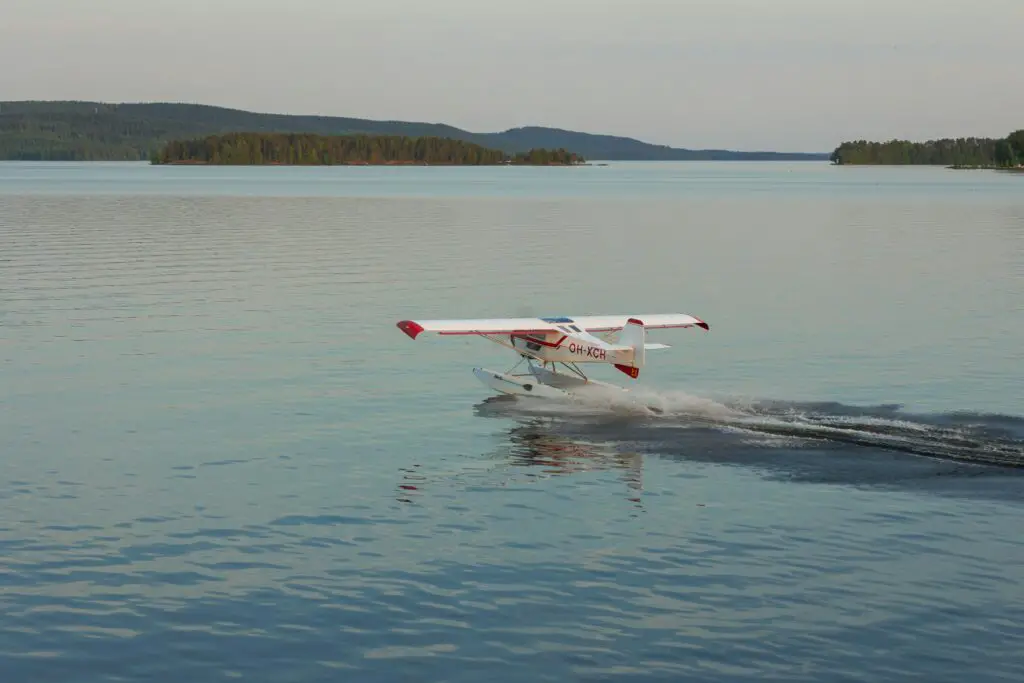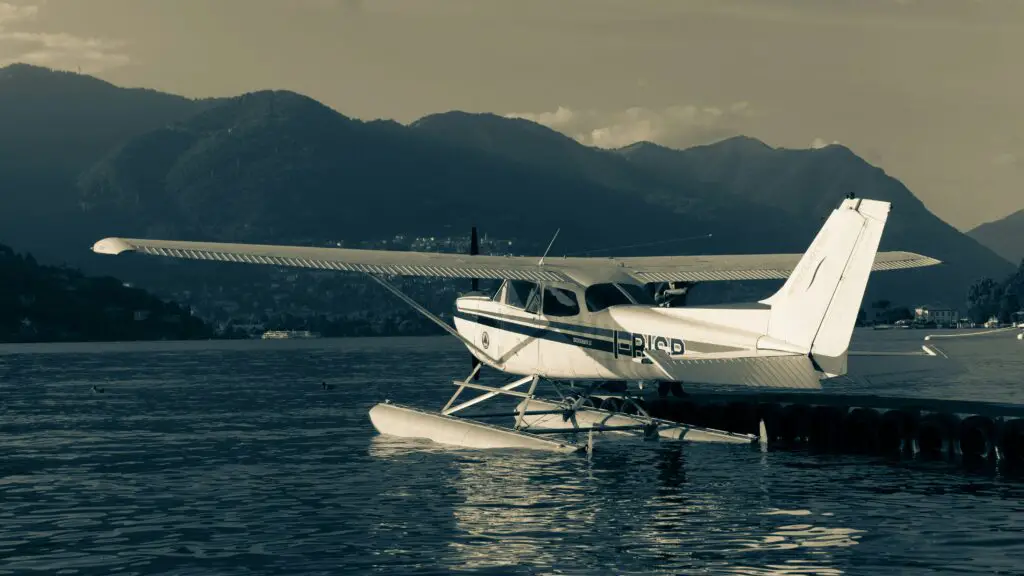Waves, sunlight, and relaxation. You’d probably hope to encounter these things during a fun day out on the ocean. One thing no one would expect is a seaplane crash, especially one involving a head-on collision and high speeds. Unfortunately, this became the tragic reality for a couple of boaters relaxing in the video clip below. Watch as we dissect the right-of-way rules that manage safety on open waters.
The short video shows a seaplane taking off from the water’s surface, filmed from the shore. The plane appears to be picking up speed to make a takeoff. A few seconds later, the camera shows a boat directly in the path of the moving plane.
Neither vehicle could get out of the way, leading to a collision. The video was censored for viewers’ protection. Outside sources confirmed that the plane ripped the roof off the boat. According to these sources, the people on the plane were fine, but the two passengers on the boat went to the hospital for their injuries.
An Attorney’s Opinion on the Seaplane Crash
Viral TikTok attorney Ugo Lord has weighed in with a detailed response to the accident. He prefaces by noting that his analysis is a general application of right-of-way rules for aquatic vehicles. Thus, his advice and expertise may not fully cover all situations involving seaplanes and boats in a crash.
With that said, Lord describes that most areas with seaplanes don’t have control towers or management services. This leaves the responsibility of monitoring surroundings and preventing crashes to the boat and plane drivers, respectively.
The law also states that it is generally the requirement of the seaplane driver to keep clear of all vessels and prevent interfering or colliding with them. It is often much easier for a plane to monitor its surroundings than for a boat, as most boat drivers do not monitor the air.
Specific right-of-way rules also require vessels on the water to yield to incoming vehicles on the right. Taking the video into account, the plane should have yielded before starting to take off if it had seen the boat beforehand.
Some details about the accident emerged later and appear in the video comments. These details reveal that a communications tower was present and that the area where the accident happened was explicitly set aside for plane takeoffs and landings. Thus, rules and regulations for aquatic travel may differ in this specific case.
Boating Right-Of-Way Rules

Contrary to popular opinion, boating right-of-way rules are pretty similar to those that apply to regular roads. Likewise, the liability in boat collisions can be highly similar to the liability of car accidents.
There are a few basic right-of-way rules that apply to ships:
- Vessels using sails (without auxiliary power) have the right of way. Sailboats and other wind-powered vessels have less ability to evade and prevent collisions. They are to be treated as having the right of way to avoid accidents.
- When crossing paths, the vessel on the right has the right of way. Similar to road intersections, this rule clarifies unexpected path crossings at sea.
- Both vessels are responsible for monitoring their surroundings and preventing a collision when approaching each other head-on. In a head-on approach, boats must take appropriate measures to allow the other party to pass without issue.
- When passing a boat, the vessel in front has the right of way. Ships actively seeking to pass another must prevent collisions and allow enough room to avoid collisions during the procedure.
- Boats in unclear conditions must take early action to prevent collisions. If conditions don’t meet typical standards, all vessels involved must act early to make space and avoid collisions.
Similar to car accidents, boat liability typically depends on who caused the accident and the surrounding conditions, among other factors. In rare situations, other parties, such as parts manufacturers, may incur liability for their role in a crash.
Seaplane Right-Of-Way Rules

Seaplanes typically follow the same rules as boats, with most codes and laws applying to all water vehicles, including seaplanes. However, additional stipulations specifically for seaplanes aim to prevent crashes and clarify responsibility during accidents.
In addition to boating right-of-way rules, seaplanes must yield to vessels on the water, such as boats, sailboats, and jet skis. Attorney Ugo Lord notes that pilots often face liability in seaplane crashes due to this rule and because pilots generally have a better line of sight than boat drivers.
Summary of Seaplane Crash
While unfortunate, vehicle accidents are a normal part of life, even when it comes to vehicles on the water. States and regions have created a variety of right-of-way rules to prevent a seaplane or boat crash.
Even with the clearest and most stringent rules, accidents still happen. To make things clear, most of these rules dictate the responsibilities and liabilities of all parties involved. For instance, all vessels must keep clear of every other vehicle in sight, with specific rules for different traffic arrangements. Due to their excellent vantage point, seaplane pilots often bear at least partial liability in crashes.
So, next time you’re having fun in the sun, you may want to take a little extra time to check for any stray animals that may be traveling in your path!

